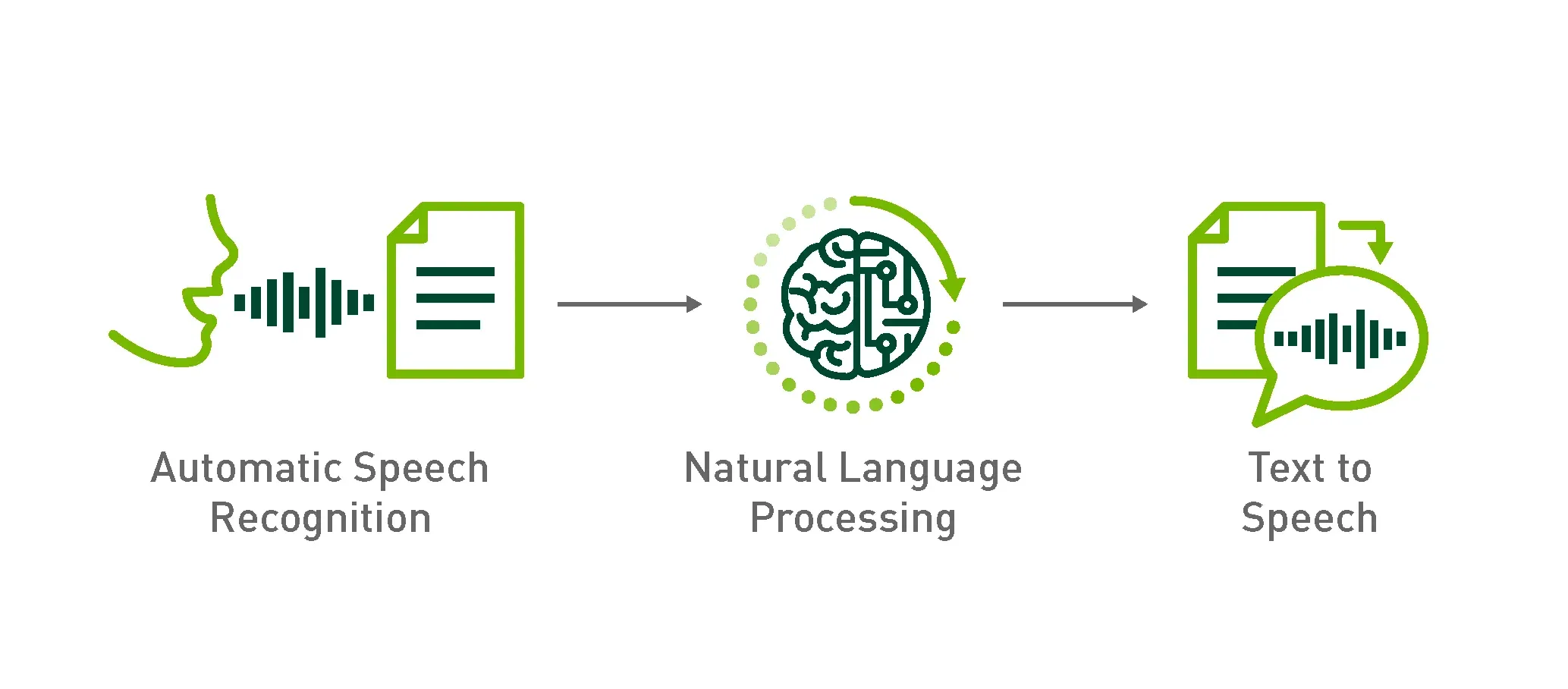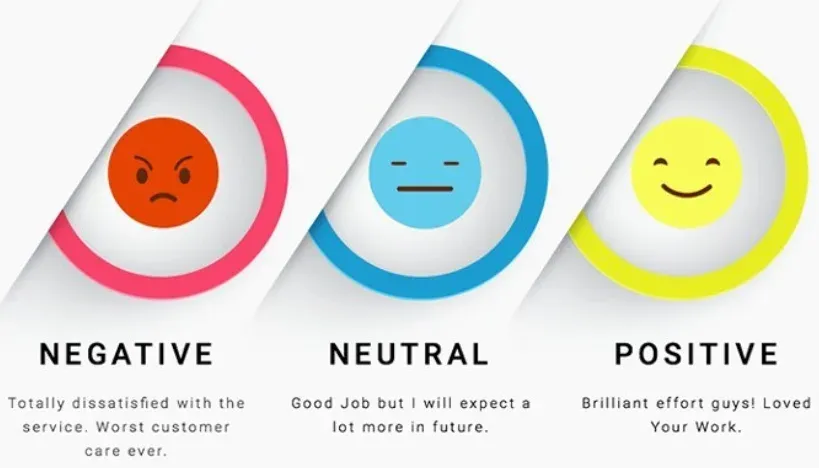Natural Language Processing (NLP) has seamlessly integrated technology into our daily lives, transforming the way we communicate and interact. In this article, we'll dive into 11 fascinating examples of NLP that have become essential elements of our everyday routines.
From effortless voice assistants to language translation tools, NLP has revolutionized our interactions with technology. Sentiment analysis extracts valuable insights from customer feedback, while email filtering algorithms separate spam from important messages. NLP's text summarization capabilities enable quick and efficient information digestion.
These examples provide just a glimpse of NLP's incredible range of applications. By exploring them further, we uncover how NLP has changed our daily experiences and paved the way for even more advanced possibilities. Get ready to be amazed as we delve into the practical impact of NLP in our everyday lives.
NLP in Communication and Language Processing
Natural language processing (NLP) revolutionizes human-machine communication via AI tools like sentiment analysis and speech recognition.
With global NLP markets projected to reach $68.1 billion by 2028, Python toolkits like NLTK and SpaCy drive the development of conversational systems. Let's delve into the examples that are using this fueling transformation.
1. Virtual Personal Assistants

Virtual personal assistants like Siri, Alexa, and Google Assistant have become an integral part of our lives. Using NLP algorithms, these assistants understand and respond to user commands and queries, creating a seamless user experience.
They can perform tasks like setting reminders, checking the weather, making phone calls, and more.
By interpreting speech and text, NLP enables virtual personal assistants to comprehend user intent and provide accurate responses.
This technology continues to evolve, empowering users to interact with their devices more naturally and efficiently. The widespread use of virtual personal assistants showcases the practical application of NLP in everyday communication.
2. Voice-to-Text Applications

NLP plays a significant role in voice-to-text applications, making it possible to convert spoken language into written text accurately. Whether it's dictation software, transcription services, or voice assistants that send text messages, the underlying NLP algorithms capture and interpret the spoken words.
These applications are not only convenient but also beneficial for individuals with limited typing abilities. NLP techniques work in tandem with speech recognition technologies to analyze and transform voice data into text format.
Voice-to-text applications have simplified tasks like note-taking, creating documents, and interacting with smart devices.
3. Language Translation
Gone are the days when language barriers posed a significant challenge. NLP algorithms have revolutionized language translation tools like Google Translate, making it easier to communicate across different languages.
By analyzing sentence structures, grammar rules, and contextual meaning, NLP-powered translation engines can decipher and translate text accurately. These tools have become an invaluable asset for travelers, businesses engaging in international communication, and individuals seeking to overcome language barriers.
NLP techniques continue to refine and improve language translation, allowing for more accurate and nuanced interpretations.
NLP in Sentiment Analysis and Opinion Mining

Sentiment analysis uses NLP to extract emotional tones from textual data. With qualitative inputs from social media and surveys rising, tools like VADER and TextBlob offer accessible ways to gain insights at scale.
Let's delve into key Python techniques for leveraging this valuable trove of consumer opinions.
4. Social Media Monitoring
Social media platforms are filled with a wealth of information, including opinions, sentiments, and trends. NLP techniques are employed in sentiment analysis and opinion mining to extract and interpret this valuable data.
By analyzing user-generated content, such as tweets or Facebook posts, NLP-powered algorithms can determine whether the sentiment expressed is positive, negative, or neutral.
Companies and brands leverage this analysis to gain insights into customer sentiment regarding their products, services, or marketing campaigns. Social media monitoring tools that utilize NLP are able to sift through large volumes of data quickly and efficiently, providing valuable real-time insights.
For example, BotPenguin a NO-CODE AI Chatbot development platform lets you easily train your chatbot on custom data, paint them with your logo and branding, and offer human-like conversational support to your customers.
And that's not it!
BotPenguin allows users to integrate some of the prominent NLP models like GPT 4, Google PaLM and Anthropic Claude to create AI-powered chatbots for platforms like:
- WhatsApp Chatbot
- Facebook Chatbot
- WordPress Chatbot
- Telegram Chatbot
- Website Chatbot
- Squarespace Chatbot
- Woocommerce Chatbot
- Instagram Chatbot
5. Customer Reviews and Feedback Analysis
Understanding customer feedback is crucial for businesses to improve their products and services. NLP enables automated analysis of customer reviews by extracting sentiments, identifying key topics, and uncovering patterns or trends.
Businesses can gain a deeper understanding of customer satisfaction levels, identify areas of improvement, and address specific concerns.
NLP-powered tools use machine learning algorithms to process and analyze large amounts of text data, allowing businesses to make informed decisions based on customer sentiments.
By harnessing the power of NLP for feedback analysis, companies can enhance their overall customer experience and drive continuous improvement.
Suggested Reading:
6. Personalized Advertising and Recommendations
NLP plays a vital role in delivering personalized advertising and recommendations. By analyzing user preferences and behavior, NLP algorithms can tailor advertisements and recommendations to individual users.
This level of personalization enhances user engagement, satisfaction, and overall conversion rates for businesses. NLP-powered recommendation systems, commonly seen on e-commerce platforms, social media, and streaming services, analyze user data to provide relevant content, product suggestions, or personalized playlists.
By leveraging NLP's ability to understand user interests and preferences, businesses can achieve higher customer engagement and improve their marketing effectiveness.
NLP in Information Extraction and Knowledge Graphs:
Converting text to machine-readable knowledge demands NLP techniques like named entity recognition, relation extraction, and semantic parsing. Knowledge graphs provide structured data representations for contextual recommendations and automation.
Essential methods and Python libraries like spaCy, NetworkX, and neo4j unlock embedded information, enabling next-gen knowledge management systems.
7. Named Entity Recognition

Named Entity Recognition (NER) is a fundamental NLP technique that identifies and classifies named entities within text data. NER algorithms can identify names of people, organizations, locations, dates, and more.
This information extraction is useful for various applications, such as extracting entities from news articles or extracting relevant information from resumes.
By automatically identifying and categorizing entities, NER algorithms enable efficient data retrieval and analysis, thus saving time and effort for individuals and organizations.
8. Question Answering Systems
Question Answering (QA) systems powered by NLP aim to provide precise and relevant answers to user queries. These systems can be found in chatbots, virtual assistants, or search engines.
By understanding and interpreting the user's question, NLP algorithms extract meaningful information and provide accurate responses. QA systems utilize techniques like information retrieval, semantic matching, and NLP algorithms to process vast amounts of data and find the most relevant answers.
This technology has significant implications for customer support, self-service knowledge bases, and general information access.
Suggested Reading:
9. Knowledge Graphs and Semantic Search
Knowledge graphs are structured representations of knowledge that capture relationships between entities. NLP helps build these knowledge graphs by extracting, organizing, and linking information from various sources.
Google's Knowledge Graph is a prime example of how NLP powers semantic search. By understanding the meaning and context behind search queries, NLP algorithms enable search engines to provide more relevant and comprehensive results.
Semantic search enhances the search experience by delivering information that is semantically related to the user's query, rather than relying solely on keyword matching.
NLP in Text Summarization and Generation
Text summarization and generation use NLP to automate content creation and analysis. Beyond enhancing reading speeds, techniques like extractive and abstractive summarization create metadata for personalized document truncation.
State-of-the-art NLP libraries like Transformers, Pegasus, and T5 simplify distillation and passage synthesis with a single line of Python code.
10. Text Summarization Techniques
Text summarization is the process of condensing long pieces of text into shorter summaries while preserving the most important information.
NLP techniques are employed to extract key sentences, identify main ideas, and maintain coherence in the summary. Automatic summarization has diverse applications like news summarization, document summarization, and even summarizing conversations in chatbots.
By leveraging NLP, these techniques assist in faster information retrieval and comprehension, saving time for users who need to skim through large volumes of text.
11. Automated Content Generation
Automated content generation, powered by NLP, allows machines to create human-like text. NLP algorithms can analyze and understand patterns in large text datasets, enabling the generation of text that is coherent and contextually relevant.
This technology finds immense applications in journalism, where news articles or reports can be generated using predefined templates and real-time data. Automated content generation can also be used for product descriptions, customer service chatbots, and creative writing assistance.
By employing NLP for content generation, businesses can streamline their content creation processes and deliver information efficiently.
Conclusion
Natural language processing (NLP) plays a vital yet often unseen role in various modern technologies, from enhancing search results to enabling seamless conversations. As investments in conversational AI surge globally, NLP's potential for language-driven automation and analytics is only beginning to be realized.
With advancements like sentiment tuning and real-time translation, NLP promises even more intuitive user experiences.
As NLP techniques evolve with neural architectures and big data, user interactions with technology are poised to become more seamless. This Lingua Franca of human-machine communication forms the basis for emerging innovations like the Metaverse and personalized medicine.
Understanding NLP's past and future impact boosts confidence in technology leadership. Embracing the possibilities of language is crucial as the NLP revolution continues to unfold.
Suggested Reading:
Frequently Asked Questions (FAQs)
How does NLP power virtual personal assistants like Siri and Alexa?
NLP algorithms enable virtual personal assistants to understand and respond to user commands, making interactions with these assistants seamless and natural.
How does NLP improve language translation tools like Google Translate?
NLP analyzes sentence structures, grammar rules, and contextual meaning to accurately translate text, making it easier to communicate across different languages.
How does NLP help businesses analyze customer feedback?
NLP extracts sentiments identifies key topics, and uncovers patterns in customer reviews, enabling businesses to understand sentiment levels, identify improvement areas, and address concerns.
How does NLP personalize advertising and recommendations?
NLP algorithms analyze user preferences and behavior to tailor advertisements and recommendations, enhancing user engagement and improving marketing effectiveness.
How does NLP enable text summarization and automated content generation?
NLP techniques extract key sentences and analyze patterns in text data, allowing for faster information retrieval and assisting in the generation of coherent and relevant human-like text.


